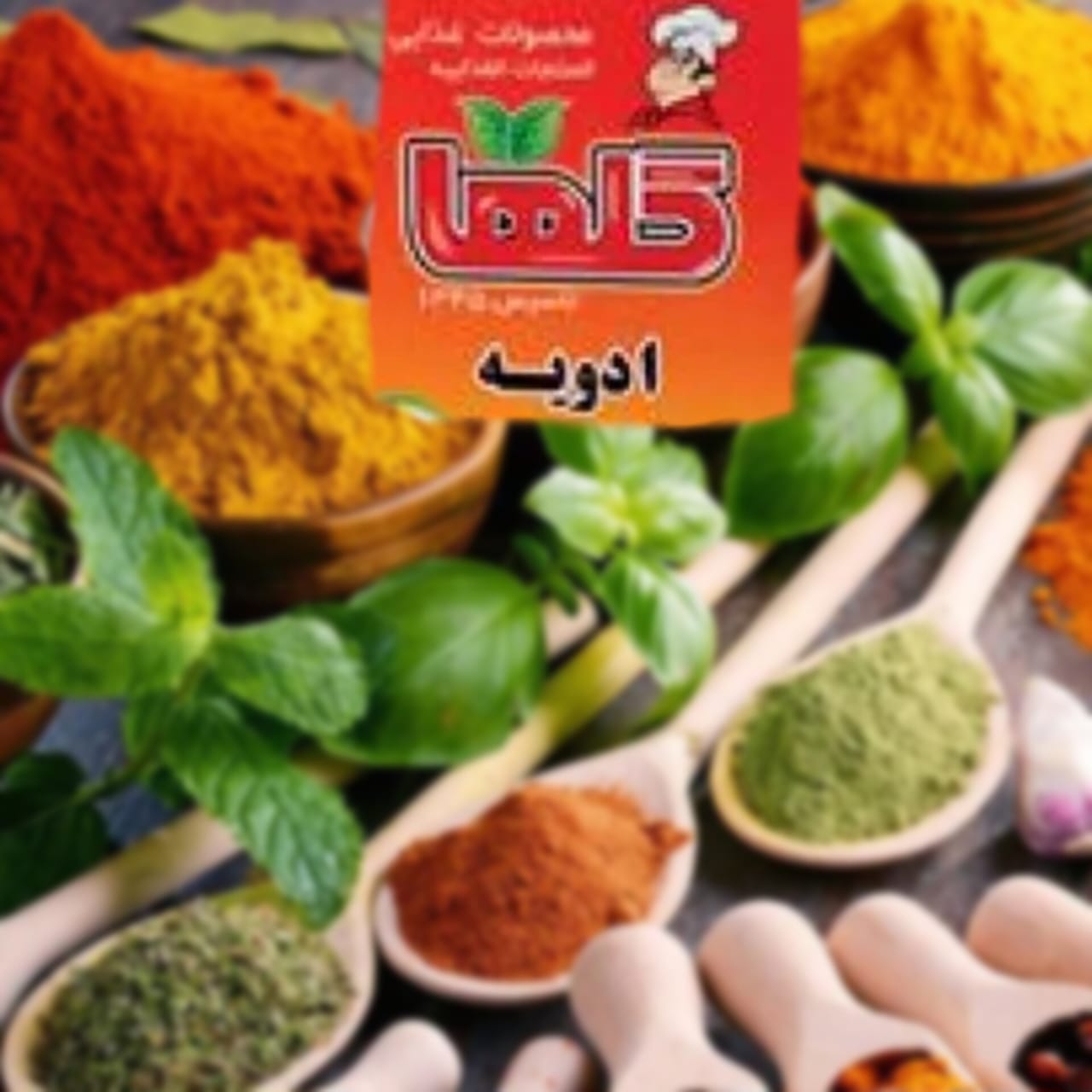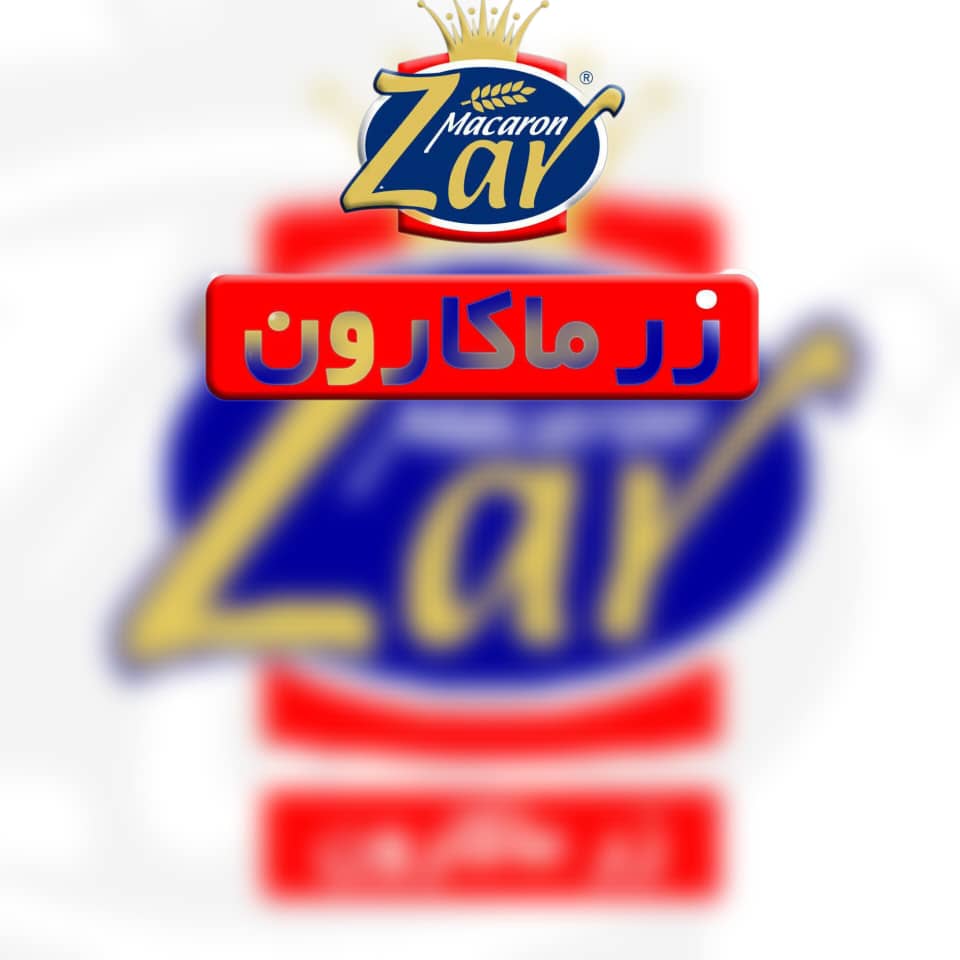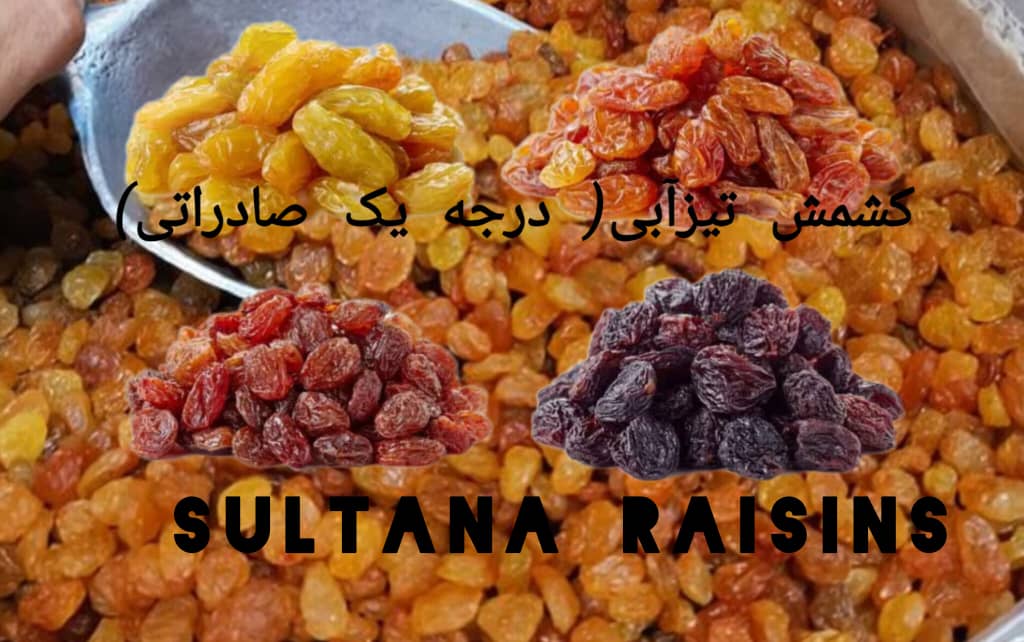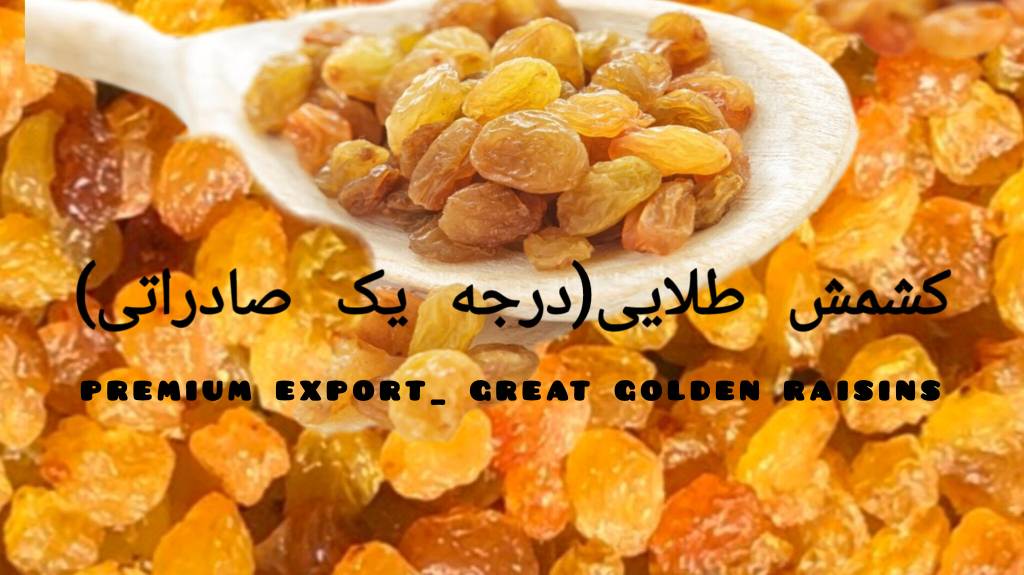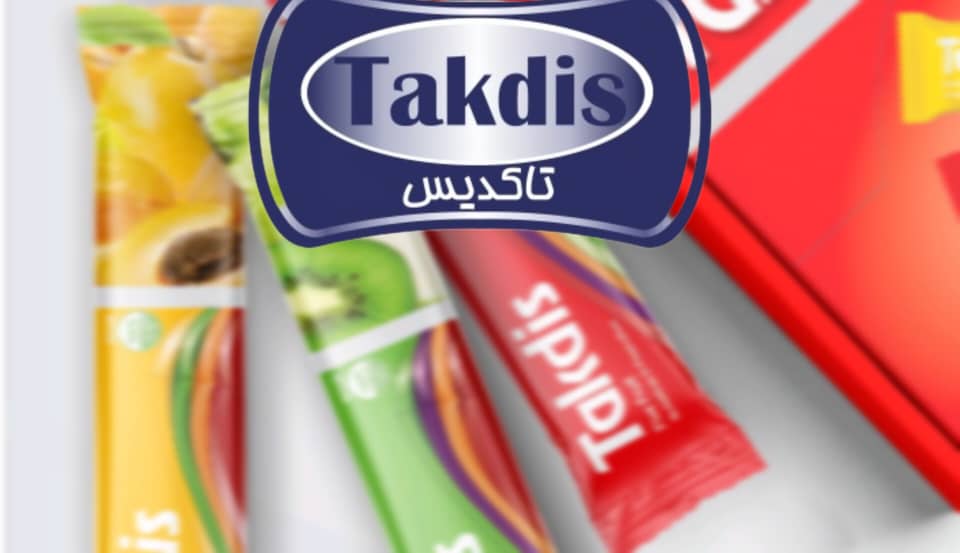- Seen : 2363 View
- established year : 2011
- Mobile : 00989120237958
- Phone : 00982155169402
- Fax : 00982155818859
- Telegram : aloochay
- Instagram : tea.ata
- Brand : Ata
- website : atatea.com
- Address : no 8-monfared avenue-molavi-Tehran-Iran
-
About us :
Initially, tea consumption became common among Chinese tribes, and the exact date for tea consumption in Iran cannot be determined, but according to the writings of historians, researchers, and travelogues, tea consumption in Iran began in the late fifteenth and early sixteenth centuries and was personal. In the name of Haj Mohammad Gilani, an Iranian businessman, he took the initial inf ...
More -
About us :
Initially, tea consumption became common among Chinese tribes, and the exact date for tea consumption in Iran cannot be determined, but according to the writings of historians, researchers, and travelogues, tea consumption in Iran began in the late fifteenth and early sixteenth centuries and was personal. In the name of Haj Mohammad Gilani, an Iranian businessman, he took the initial information about tea and how it was consumed from China to Europe.
Pre-Islamic Iranians, like other peoples of the world, used to drink at that time.
However, after the advent of Islam and due to their illegitimacy, they replaced drinking coffee. Due to its remoteness from production centers and unfavorable transportation and trade conditions on the one hand, and Iran's close trade with China, and secure communication routes such as the Silk Road, on the other hand, it replaced tea with coffee.
Tea consumption in Iran was provided by imports from the north (China) and from the south (India). In the year 1261 AH. He started cultivating tea in Iran under the name of Haj Mohammad Mohammad Esfahani, but for some reason it did not flourish until 1279 AH, when Mohammad Mirzai Chaikar, nicknamed Kashif al-Saltanah, who was the general of the Iranian consulate in India, tried again. It started. He cultivated tea with the view that a large amount of currency would be spent on tea imports, and that tea production could be a major source of economic prosperity for the country.
Kashif al-Saltanah in India Although the Indian government strongly forbids the teaching of tea techniques to foreign nationals, it has been able to learn the techniques of cultivating and producing tea by studying the weather conditions in Iran and the similarity of the northern climate with India. During many sacrifices and efforts, he transferred a large number of seeds and 3,000 saplings to Iran under the conditions of transportation when he was a cart and a cart, and started to build a tea garden in Lahijan and Clarabad (1279 AH). His actions were opposed by many who were provoked by some circles, and in some cases even led to the digging of seedlings and the destruction of gardens.
In addition, since the operation of tea gardens begins after five years of planting two-year seedlings, and farmers at that time were not familiar enough with planting, harvesting and harvesting, so they did not show interest and desire to cultivate tea, but Kashif al-Saltana tolerated Excessive restorations and coping with material barriers and social problems provided the conditions for the expansion of tea plantations per unit area and, by creating motivation, created the ground for farmers' interest in growing tea.
For the first time, a number of farmers in the suburbs of Lahijan (Charkhaneh Sar) began to cultivate tea and gradually spread to other parts of Gilan province, so that in 1319 the area of tea gardens reached 600 hectares. The development process gradually continued until in 1337, the Iranian government established the country's Tea Organization to support tea farmers and tea industry owners. Currently, the area under tea cultivation is about 32,000 hectares. Around Chalous in Mazandaran province, with a length of about 200 km, it is irregularly separated by high and low distances and is scattered near and far from the main road, and currently about 60,000 households are engaged in the cultivation of this crop.
Close

